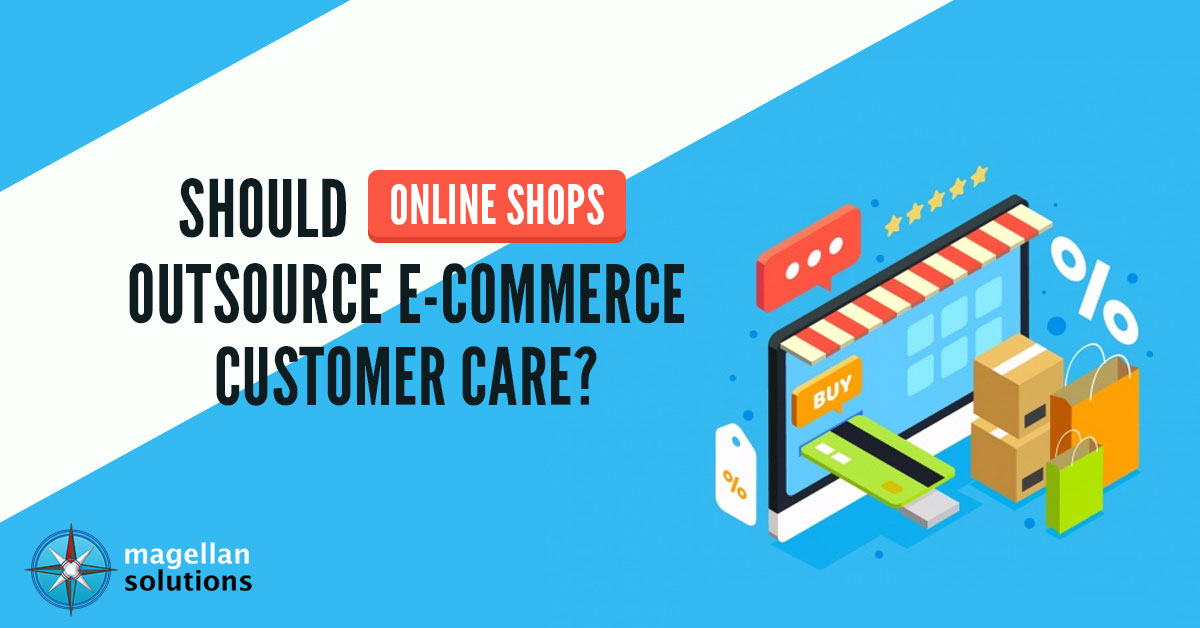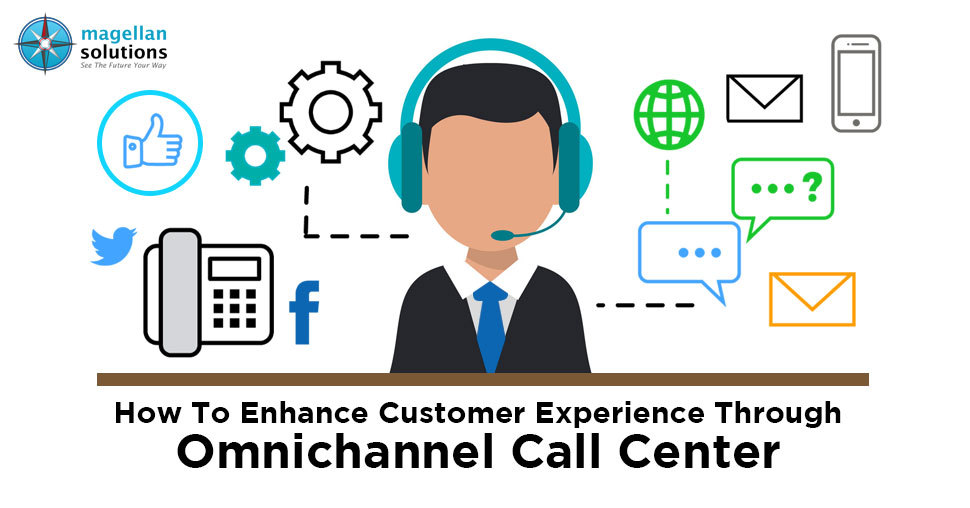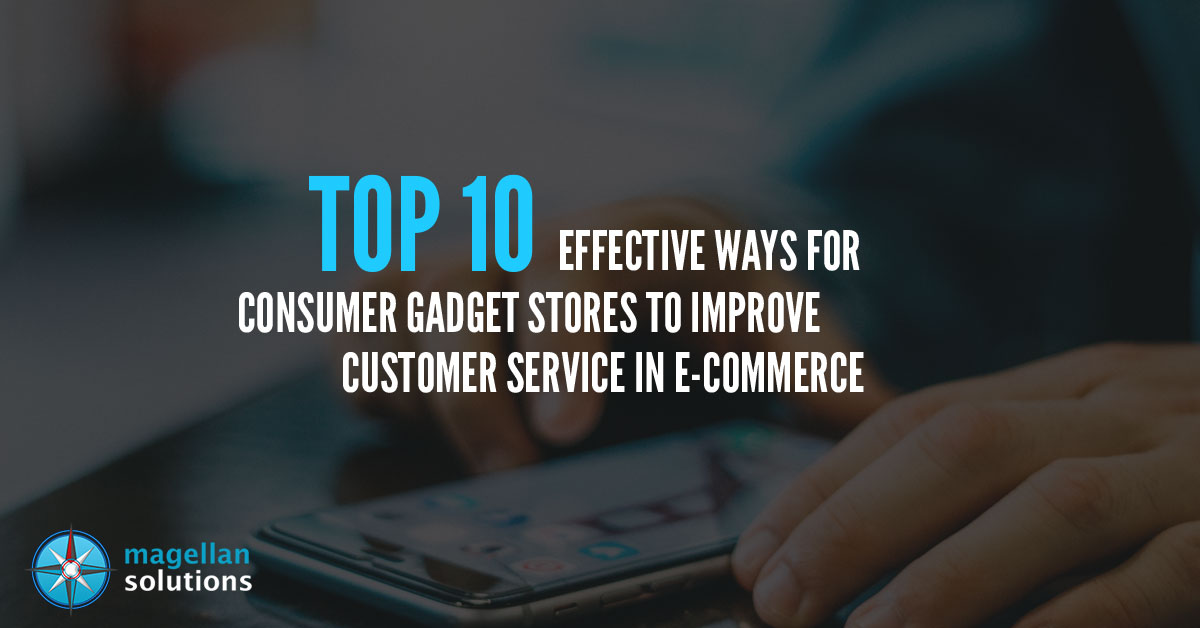Schedule a FREE call with our outsourcing expert now and get a precise quotation that meets your requirements. Don't wait - get started today!
If entrepreneurs know how to improve customer service in e-commerce, they are setting themselves one step closer to success.
For the past years, the e-commerce industry experienced unprecedented growth. In 2017 alone, around 1.66 billion people globally bought goods online, equivalent to US$2.3 trillion in sales, a Statista report found out. And it’s not slowing down anytime. The same report revealed that 2021 e-commerce sales could grow to US$4.8 trillion.
Some of the leaders we know today regarding e-commerce include Jeff Bezos of Amazon.com, Jack Ma of Alibaba, Pierre Omidyar of eBay, C. Douglas Mcmillon of Walmart, and Chad Dickerson of Etsy. These giants have many employees who have figured out how to market their brands and deal with thousands of customer complaints daily.
These companies’ success seems overwhelming and beyond reach, especially if you are starting. Don’t worry; even these giants began from scratch. Because they persevered despite experiencing difficulties from the beginning, they achieved the glorious status they have today. Their story will also be yours if you don’t give up and continue fighting for the success of the business you built.
Succeeding in e-commerce starts with little steps. If you’re a gadget geek and decided to sell it as the prime commodity in your store, that’s a smart move. You should love what you do — this is the primary ingredient of being a successful entrepreneur.
Aside from exploring the market and deciding what you should sell, it is also essential to know how to improve customer service in e-commerce.
Ten ways how to improve customer service in e-commerce
Depending on your brand strategies, you can craft different methods of improving customer service in e-commerce. However, if you’re still new to online selling, don’t fret. We’ve got your back! Here are the top 10 ways to improve customer service in e-commerce.
- Unify communication channels. When customers experience device problems, they will ensure you get their message. To do this, they will try to reach out by all means possible. Sometimes, you can receive two or more notifications from a single person. Unifying your communication channels helps you prevent confusion — you’ll know if the customer who messaged you on social media is the same person who sent an email with the same request.
- Set a standard response time. One of the best considerations when providing customer support is setting a regular time to reply to customers. To the best of your ability, try to make it fast because, according to studies, the more you delay your response, the less satisfied your customers will become with your business.
- Don’t forget the traditional channels. Using the telephone as a way to connect with customers is not dead. It remains one of the best methods of answering customer issues and complaints. The use of the telephone allows you to talk directly with your customers. Therefore, it makes it easier for you to assist your customers in fixing their gadgets in real time.
- Maximize live chat. Like a phone call, live chat allows you to give real-time customer assistance. This is also a helpful tool when a customer is still buying. It prevents cart abandonment by explaining all their concerns to customers, stopping them from continuing their transactions.
- Set expectations. Setting your customers’ expectations too high can also backfire on you. It is essential, therefore, to let your customers know what they should get from you early on in the process.
- Be present on different channels. Online shoppers can also be frequent social media users. Providing support in all channels your customers use will make it more convenient for them to reach you. I am wondering how you can implement this. See what an omnichannel call center can do for you.
- Practice social listening. Not all customers will send you direct messages regarding their concerns with their product purchases. You should know that there are times when they will post it directly on their social media accounts. Use social listening tools to find customer concerns and issues related to your brand.
- Utilize FAQs and knowledge base. One of the best ways to deliver good service is before a customer knows they need one. Constantly update your FAQs and knowledge base with common concerns so when your customers look for an answer online, your solution will be the first in line.
- Be honest with descriptions. Never deceive your customers with flowery descriptions if it does not exist on your actual product. Remember, it can backfire on you — big time.
- Consider outsourcing. Customer service outsourcing is a time-efficient and cost-saving way to support your customers.
Now that you know how to improve customer service in e-commerce, you can apply it to your business.
Do you need help handling your customer service? Contact us now!















